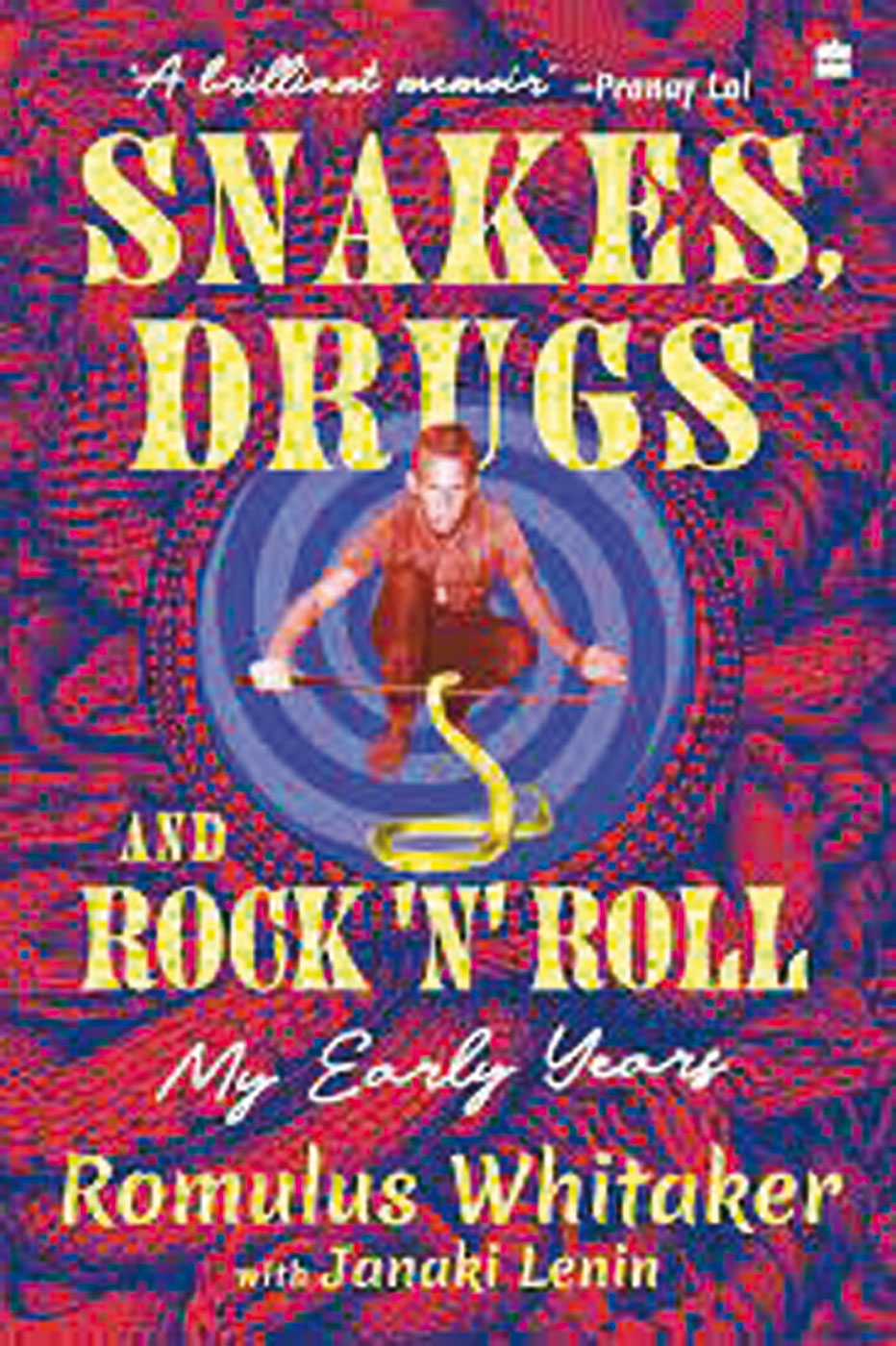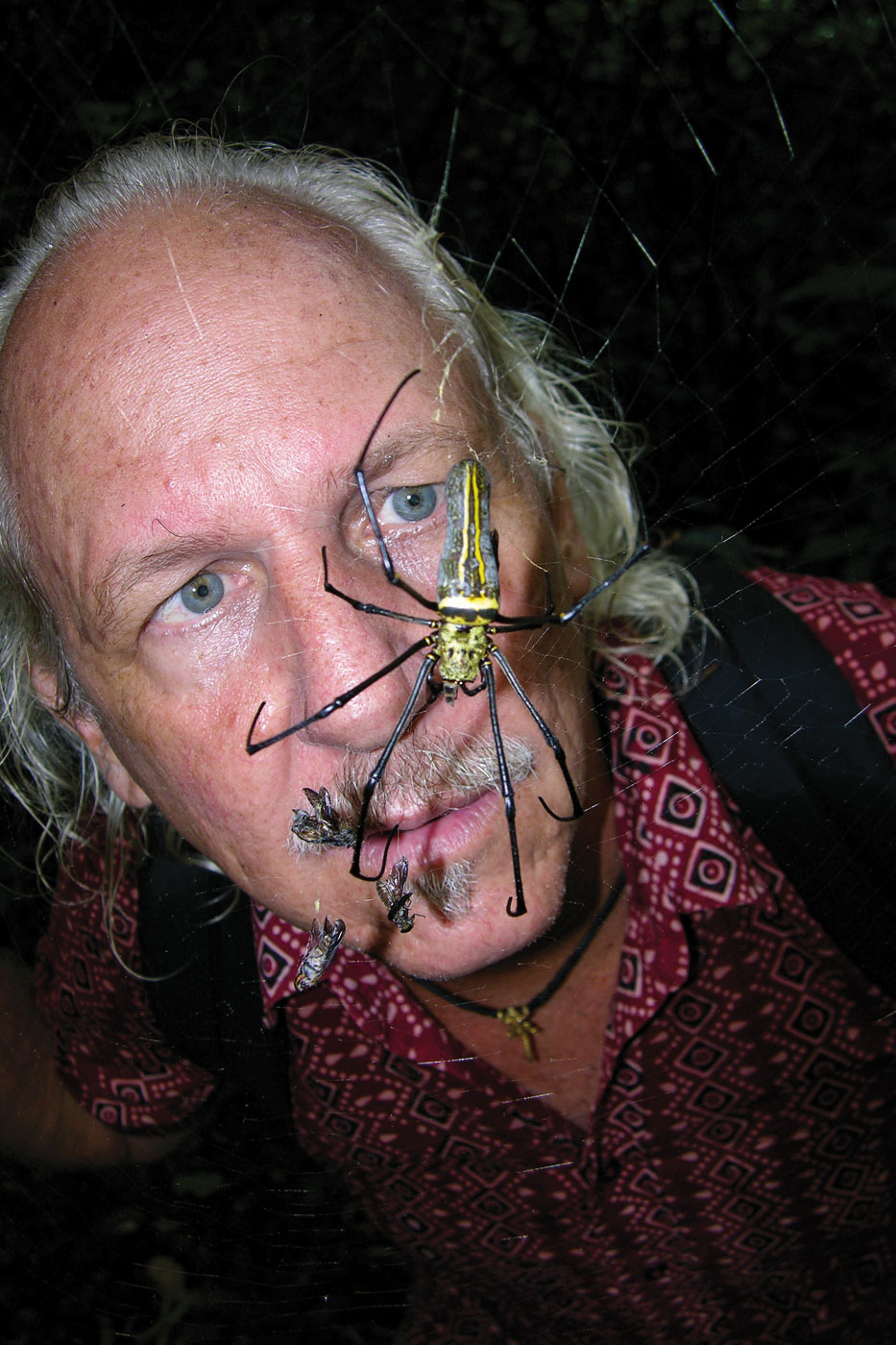Book Review: Snakes, Drugs and Rock n Roll: My Early Years
First published in Sanctuary Asia,
Vol. 44
No. 6,
June 2024
With improved technology and a much greater appetite among the young for books to remind them of the wonderful biosphere in which they live, it is heartening to see how many new, high-quality publications are emerging from within India. Here are two books that Sanctuary believes should be in every public library and in the homes of all those whose hearts beat to nature’s drum.

Snakes, Drugs and Rock ‘n’ Roll: My Early Years
By Romulus Whitaker with Janaki Lenin
Published by HarperCollins India,
Paperback, 400 pages, Price: Rs. 699
Romulus Whitaker is a well-known name in India, as a herpetologist and the founder of the Madras Crocodile Bank, Madras Snake Park and the Agumbe Rainforest Research Station, particularly among wildlifers and those interested in herpetofauna. His excellent photographic field guide Snakes of India is considered a definitive tome. Winner of a Whitley Award, Sanctuary Lifetime Service Award and a Padma Shri, he is known as the Snake Man of India. Despite all these lofty achievements and a life spent researching and conserving reptiles, the introduction to Rom’s autobiography is clear that the book is intended to portray him “with all the warts”.
Snakes, Drugs and Rock ‘n’ Roll: My Early Years begins with his childhood in America, yet with many connections to India through family and friends. Young Romulus, or ‘Breezy’, has a love of nature right from childhood. The first section of the book, ‘Growing Up’, recounts his earliest years, first in America, then moving to ‘Bombay’ at eight years of age, running wild, learning to catch snakes, hunt sparrows and rodents for extra pocket money, and his years in school in Kodaikanal, up to the gap year spent in Hyderabad after school, learning taxidermy, shooting deer and more, flirting with girls, riding bikes, and much more. Phew! The book has a style of storytelling perfect for recounting escapades and anecdotes shared in sardonic, often self-deprecating humour that leave you wheezing, with frequent references to the God of Idiots who benignly watched over him and his friends’ tomfoolery, saving them from any permanent damage. The book is littered with little details that bring each person to life, jumping off the pages to transform from mere characters to memorable, real people with quirks and personality.
From the beginning, this book is never meant to idolise, but to show all the facets and flaws of the author, making the book eminently enjoyable and readable. Descriptions of his forays into the wild shine… young Breezy explores new lands as he slowly learns about the biodiversity around him the old school way – not just with a magnifying glass but also hook, net, and rifle.
Despite Rom’s reputation as the ‘snake’ man, chapters of the book are filled with descriptions of fishing, the different kinds of hooks, lines and bait used, the methods and species. As someone who has heretofore been uninterested in fishing, these accounts are interesting and often entertaining. Breezy is a boy of all trades, picking up skills of all sorts, from people of all sorts. In a very relatable manner, young Breezy is quite concerned for his path in life, even as his classmates have plans mapped out, he wonders how his interests in snakes and fishing can be taken further as a career.

Photo: Sanctuary Photolibrary.
The second section of the book, ‘Finding My Feet’, begins with his arrival in America after a decade of his formative years in India, to attend college in a wildlife management programme. However, such restrictive studies don’t suit Rom, who is a fish in ‘foreign’ waters. Soon after he quits college, and after a short stint as a travelling salesman and another as a seaman, Rom joins the Miami Serpentarium, finally and firmly setting him on the path that led to the setting up of his own snake park in India. Working at the Serpentarium under Bill Haast, a snake venom researcher who was also known as the Snake Man, Rom learns much about handling and capturing snakes and other reptiles. His adventures continue to be chaotic, raunchy, often hilarious.
In this autobiography – which will hopefully be followed by a second part of his later years – he is honest, even when it doesn’t cast him in the best light. The book is peppered with natural history observations that lend depth to the narrative, fleshing out a real world for the reader. The book is incredibly entertaining and revealing, setting a high standard for autobiographies of people in wildlife to follow.
Reviewed by Bhavya Iyer.



